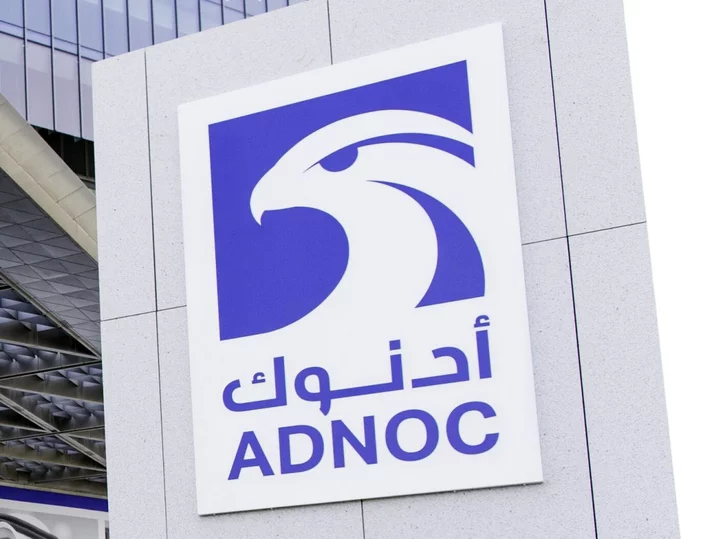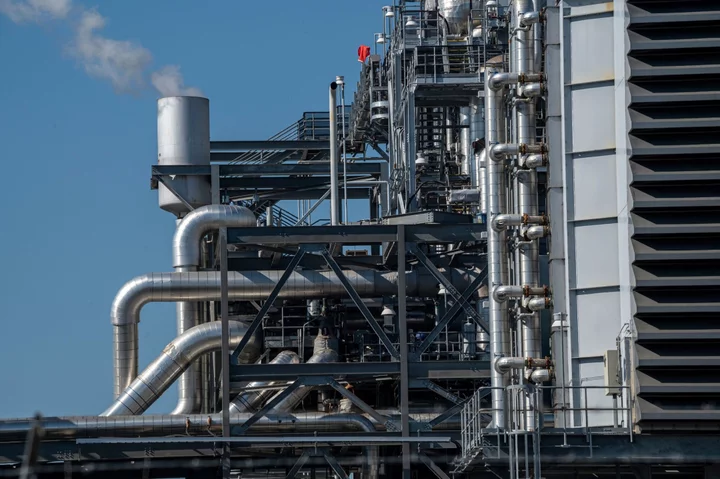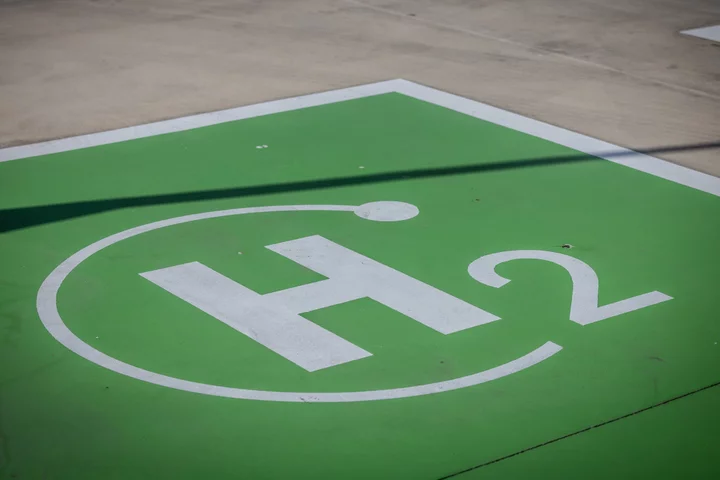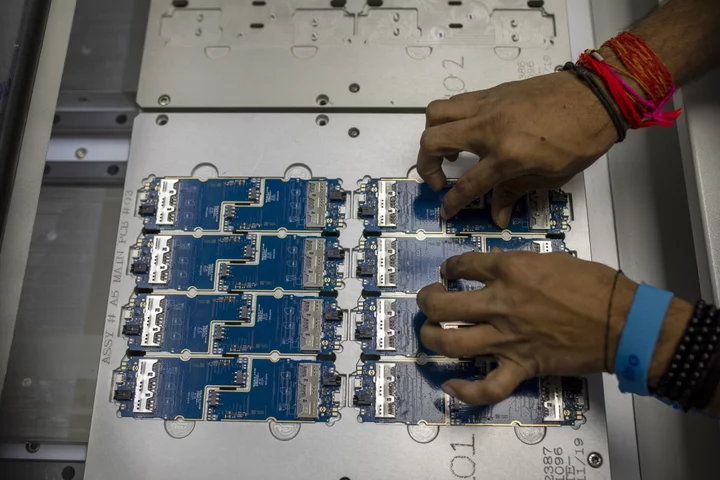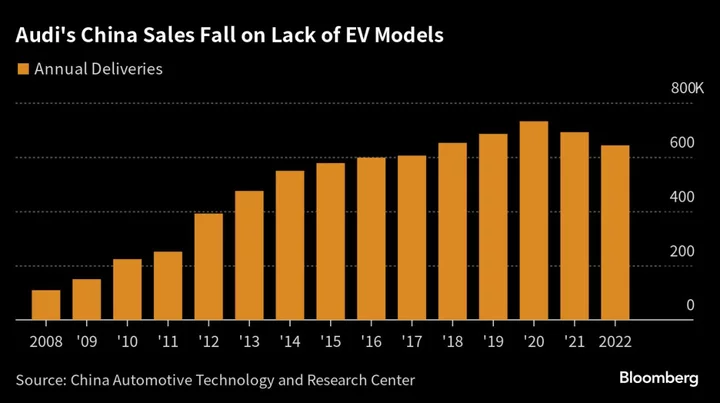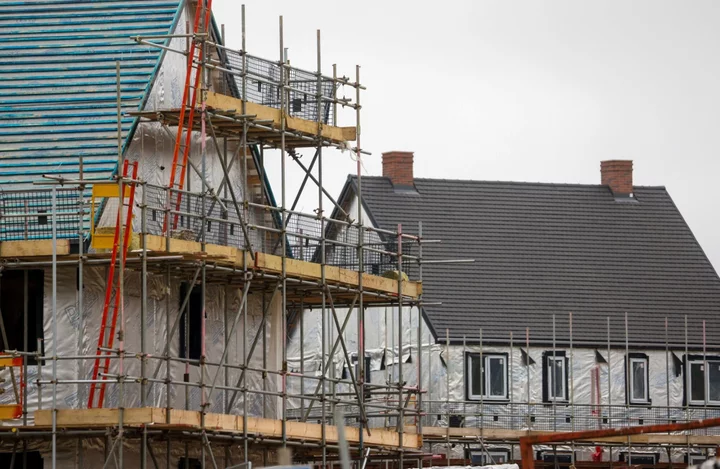The biggest oil producer in the United Arab Emirates awarded contracts worth almost $17 billion to develop an offshore natural gas field along with a project to capture carbon dioxide emissions.
Saipem SpA and Maire Tecnimont SpA were among companies that won deals with the Abu Dhabi National Oil Co. for work on the Ghasha gas field in the Persian Gulf, according to a statement Thursday. The facility will help the country meet its goal of becoming self-sufficient for gas by 2030 and boost exports of the fuel.
The UAE was the first Gulf producer to declare a goal of having net zero carbon dioxide emissions by 2050 and Adnoc aims to achieve that by 2045. The nation, one of the top producers in OPEC, is expanding oil and gas production even as it prepares to host the UN’s main global climate conference in less than two months.
The project will capture 1.5 million tons of carbon dioxide per year, avoiding the harmful gas from reaching the atmosphere. The company’s use of abatement technology at Ghasha and Habshan, another field, is key for its net zero plan. Adnoc aims to capture 10 million tons of CO2 by the end of this decade.
Adnoc is increasing gas production as consumers around the world look to switch from crude and coal toward cleaner burning fuel, even though gas is still a significant source of carbon and methane emissions. To meet that demand, the company is planning to boost its LNG export capacity, even as regional rival Saudi Aramco is also entering the business.
Adnoc is the majority shareholder in the project, while Eni SpA, Lukoil PJSC, Wintershall DEA and OMV AG also hold stakes. It is set to start producing by the end of the decade, with the nearby Hail field that’s part of the same concession starting in 2025. The combined project will produce 1.5 billion standard cubic feet of gas a day when complete, a 13% increase on the company’s current capacity.
Saipem of Italy and the UAE’s National Petroleum Construction Co. won a joint contract for $8.2 billion for offshore work. Maire got a separate $8.74 billion for onshore engineering and construction.
(Updates with gas and carbon targets in second paragraph.)

